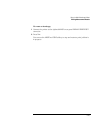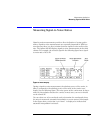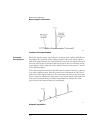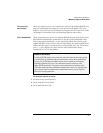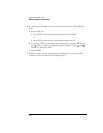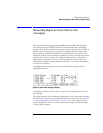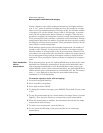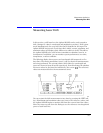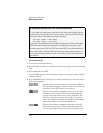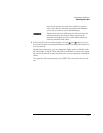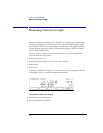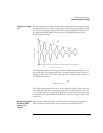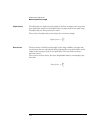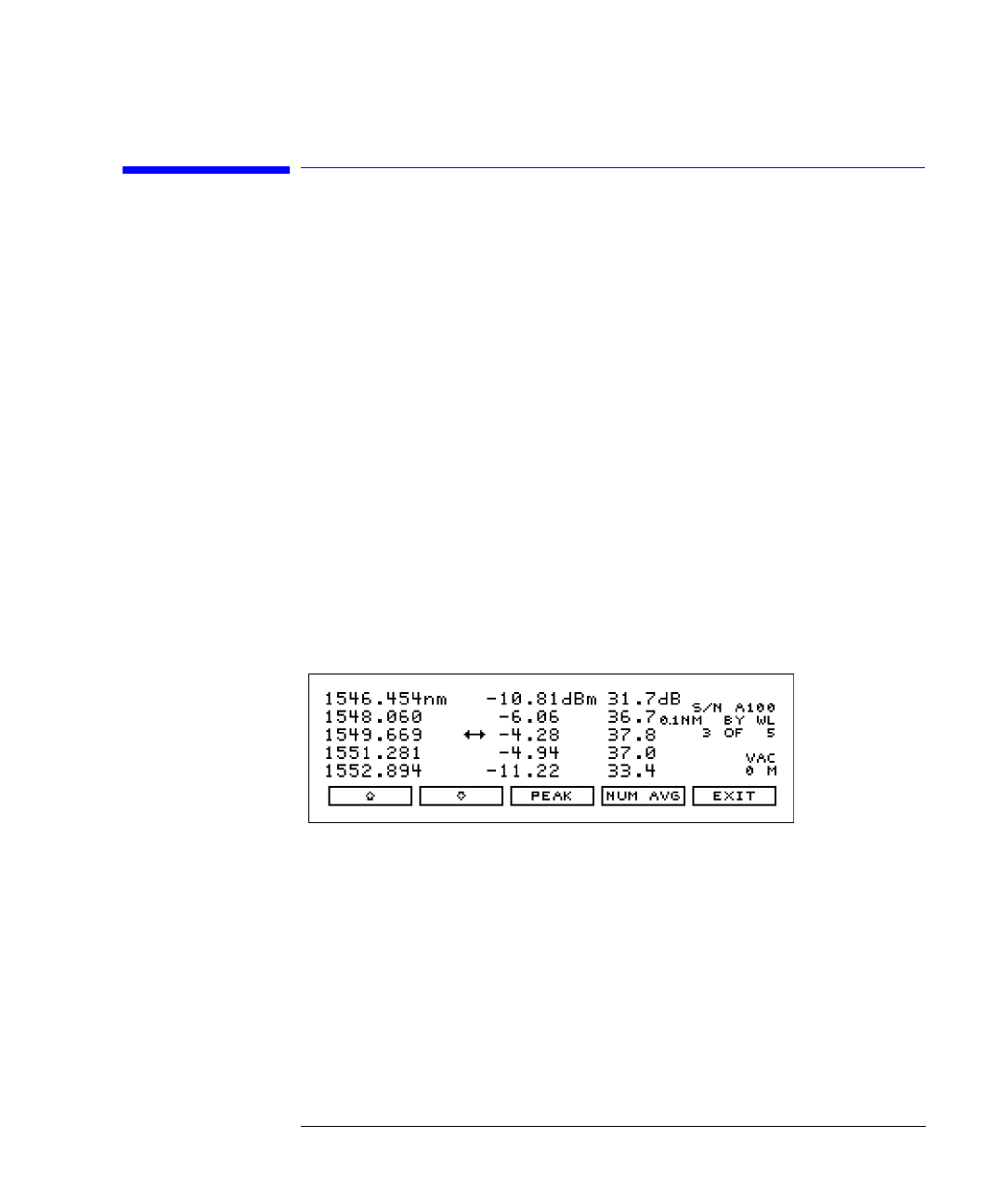
3-7
Measurements Applications
Measuring Signal-to-Noise Ratios with Averaging
Measuring Signal-to-Noise Ratios with
Averaging
When the lasers being measured are modulated, especially with repetitive
data formats such as SONET or PRBS, the noise floor is raised. Averaging
reduces the noise floor and allows an improvement of greater than 10 dB in a
signal-to-noise measurement. In general, averaging will decrease the noise
floor caused by modulation until the true optical noise level is reached. The
displayed signal-to-noise will improve with each average until the true optical
noise level is reached, and then the displayed signal-to-noise will remain
approximately constant. If, however, the true signal-to-noise is below the
instrument sensitivity of approximately 40 dB (in a 0.1 nm noise bandwidth),
it will not be measured.
Averaging can also improve the accuracy of measuring signal-to-noise of
unmodulated lasers.
Signal-to-noise with averaging display.
Averaging is performed on the noise, not on the wavelength or power of the
laser signals.
The signal-to-noise with averaging measurement uses the automatic interpola-
tion method to determine the wavelengths where the noise is measured. Refer
to “Measuring Signal-to-Noise Ratios” on page 3-3 for a description of auto-
matic interpolation. There is no user-entered wavelength selection in signal-
to-noise with averaging.



